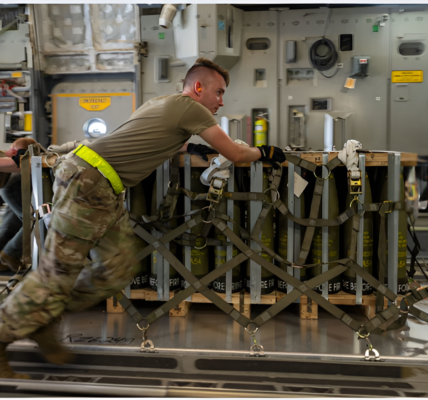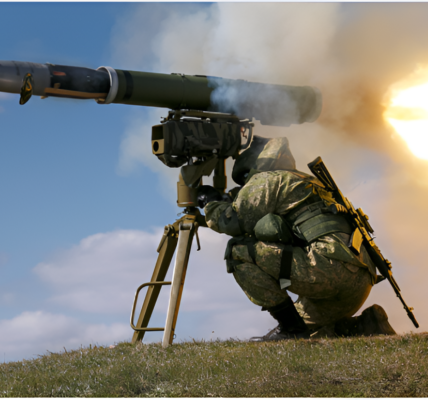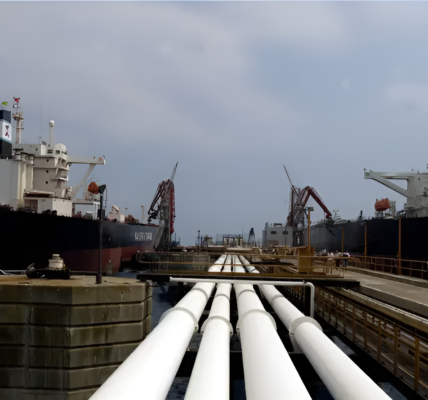
A newly released image showcasing four Chinese J-16 fighters from the People’s Liberation Army (PLA) Air Force has revealed a breakthrough in missile technology—one that may dramatically alter the balance of power in the skies. The aircraft, carrying an advanced long-range air-to-air missile, are thought to be equipped with the previously known “PL-XX,” now confirmed as operational in the PLA Air Force. This missile, estimated to have a range of 500 kilometers or more, is now the longest-ranged air-to-air weapon in service, surpassing the Russian R-37M with its 400km range. In comparison, the longest-range U.S. missile, the AIM-120D, maxes out at about 180 kilometers.
The PL-XX, a colossal missile designed to target high-value aerial assets such as airborne tankers, AEW&C (Airborne Early Warning and Control) aircraft, and strategic bombers, is now poised to reshape combat over long distances. These advancements put the U.S. military at a distinct disadvantage, as its reliance on support aircraft like tankers and AEW&C platforms could be seriously compromised in the face of such long-range threats.
The J-16, a multi-role fighter based on the Soviet Su-27 design, has been speculated as the primary aircraft to deploy the PL-XX. Recent images confirm this expectation, showing the J-16 equipped with a mix of the PL-10 short-range infrared missiles, the PL-15 long-range missiles, and the PL-XX, making it one of the most formidable aircraft in China’s fleet. These fighters, outfitted with larger radars and advanced avionics, far outclass their Western counterparts in terms of range and payload. China’s J-20 stealth fighters, while not able to carry such oversized weapons internally, provide complementary support by deploying their advanced radar systems to guide the PL-XX from a distance.
The integration of the PL-XX with the J-16 and J-20 gives China a formidable edge. While the J-20 focuses on air superiority and enemy fighter interception, the J-16’s intercepting role ensures high-value targets like tankers and surveillance aircraft are neutralized long before they can enter the range of Chinese airspace. This combination allows China to extend its reach into the Pacific, posing a grave challenge to U.S. operations that rely heavily on tankers and AEW&C aircraft for operational success. In fact, if China successfully denies the U.S. the ability to operate such assets in the region, American air campaigns would be severely hindered.
The implications of this new missile are staggering. With the PL-XX and its associated aircraft capable of striking critical support elements of the U.S. military, the strategic balance in the Pacific could shift dramatically. The U.S. and its allies, heavily reliant on support aircraft for long-range operations, may find their ability to execute air campaigns compromised, especially as China continues to ramp up production of J-20 stealth fighters and AEW&C platforms. This long-range air-to-air missile underscores the growing technological sophistication of China’s military and marks a major turning point in modern aerial combat, one that challenges the dominance of U.S. air superiority in the Pacific region.
As the PL-XX enters service and China’s fleet of J-20s grows, the potential to upend traditional Western military strategies becomes increasingly apparent. The next few years will be crucial in determining how the U.S. and its allies adapt to this rapidly changing threat environment





